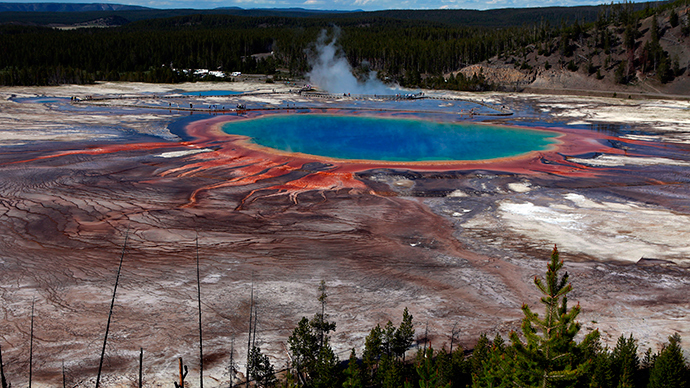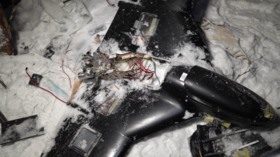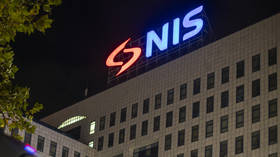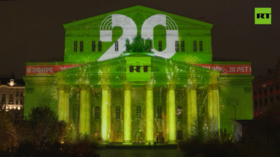Apocalypse Not Now: Yellowstone supervolcano eruption predictable up to 10 yrs in advance

US scientists have found a way to estimate the time of the next eruption of the dormant volcano in Yellowstone National Park from 10 months to 10 years beforehand. They promise it won’t be cataclysmic, yet its lava and ash could cause a volcanic winter.
READ MORE: Magma carta: Newly-mapped Yellowstone volcano chamber could fill Grand Canyon 11 times
A new Arizona State University research focused on past eruptions at Yellowstone volcano, with the most recent happening nearly 70,000 years ago, in order to learn more about the time when its sleep is over. The study on the supervolcano’s giant chamber of hot, partly molten rock was published on Wednesday in the journal Geology.
READ MORE: The true colors of Yellowstone’s Thermal Springs unveiled by scientists
Petrologist Christy Till, a professor in ASU's School of Earth and Space Exploration, and her colleagues combined the data on the volcano’s past with measurements obtained by NanoSIMS, an advanced chemical imaging instrument. It allowed a closer observation of magma crystals that enabled a calculation of the time period between magma’s reheating and the volcano’s eruption.
“We find that the last time Yellowstone erupted after sitting dormant for a long time, the eruption was triggered within 10 months of new magma moving into the base of the volcano, while other times it erupted closer to the 10 year mark,” Till said in the press-release.
Magma in chambers in the crust tends to cool into a form of crystal that resemble tree rings, in that they too can tell a lot about the environment and history, and can remain in that state for thousands of years. Yet, before any eruption it becomes reheated, so the scientists’ question was, "How quickly can you reheat a cooled magma chamber and get it to erupt?"

“Our results suggest an eruption at the beginning of Yellowstone's most recent volcanic cycle was triggered within 10 months after reheating of a mostly crystallized magma reservoir following a 220,000-year period of volcanic quiescence,” said Till. “A similarly energetic reheating of Yellowstone's current sub-surface magma bodies could end approximately 70,000 years of volcanic repose and lead to a future eruption over similar timescales.”
As Yellowstone has been continuously monitored for about 30 years, scientists say, that there have been no indications that the volcano will erupt in 10 months, or even 10 years. They also reassure that the next eruption “won't be cataclysmic.”
READ MORE: Yellowstone supervolcano eruption would be disastrous for entire US – study
Within the past 2.1 million years there have been three major eruptions at Yellowstone, according to geological evidence, but smaller ones are far more numerous. Since the last wide scale eruption that took place approximately 640,000 years ago, there have been over 23 smaller ones with the most recent one happening some 70,000 years ago.
Yellowstone National Park in the US state of Wyoming is a widely visited tourist attraction with a giant caldera, 55 by 72 km in size, canyons, lakes, rivers and natural hot springs. It is feared that an eruption of its massive supervolcano could lead to a global cataclysm, with much of the US territory covered in ash and air travel complicated by the resulting ash cloud.












